#15: Joint Planning Services
It can take months or years for the Department of Defense to develop strategic and operational plans, with people, information and tools often scattered and stove-piped into silos. ERDC researchers have been working to develop a digital map-based environment for remote collaboration in near real time, enabling faster and more complete military planning to support…
Read MorePodcast: Play in new window | Download
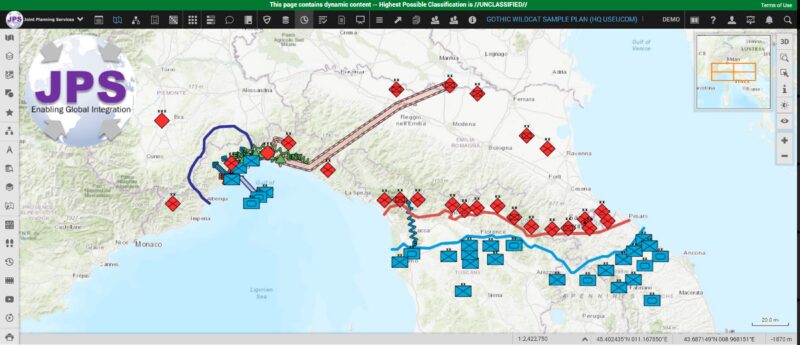
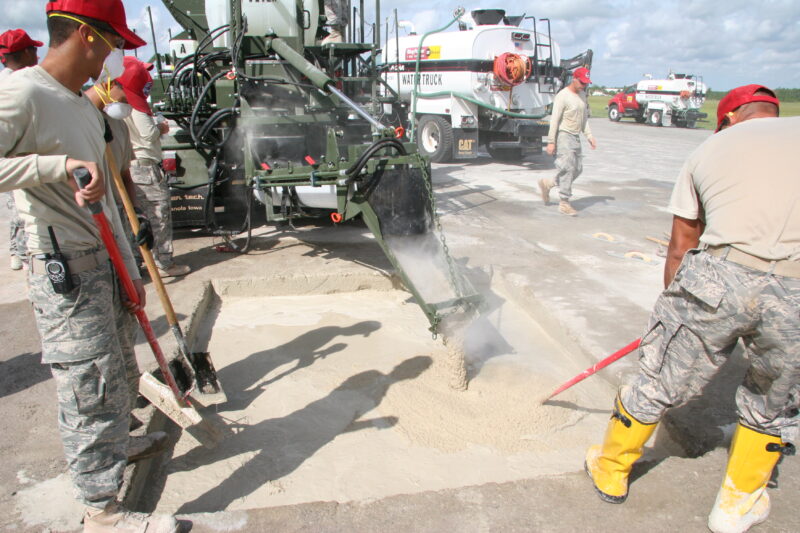
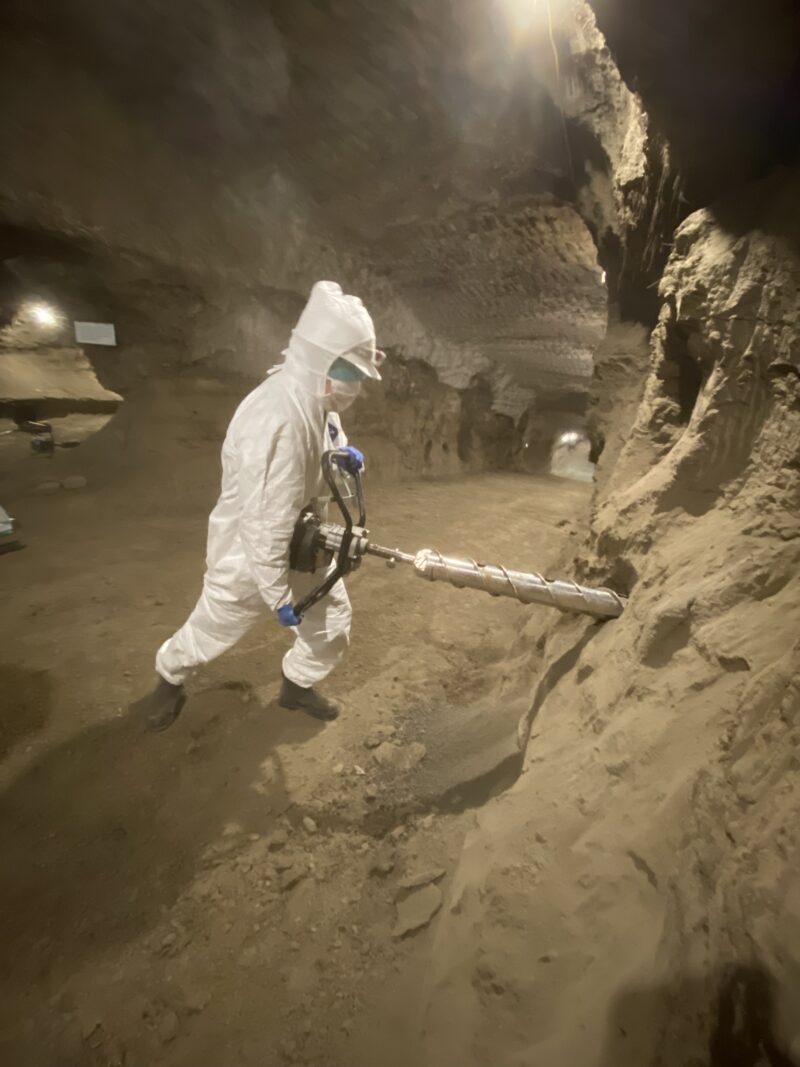
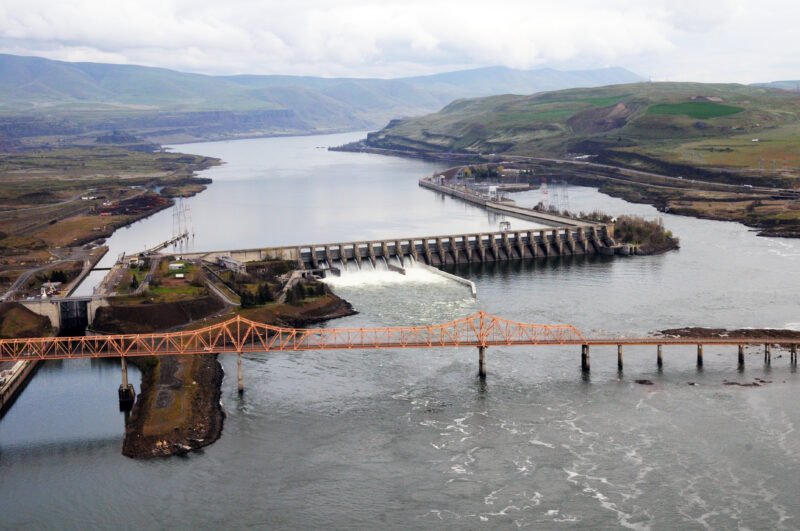
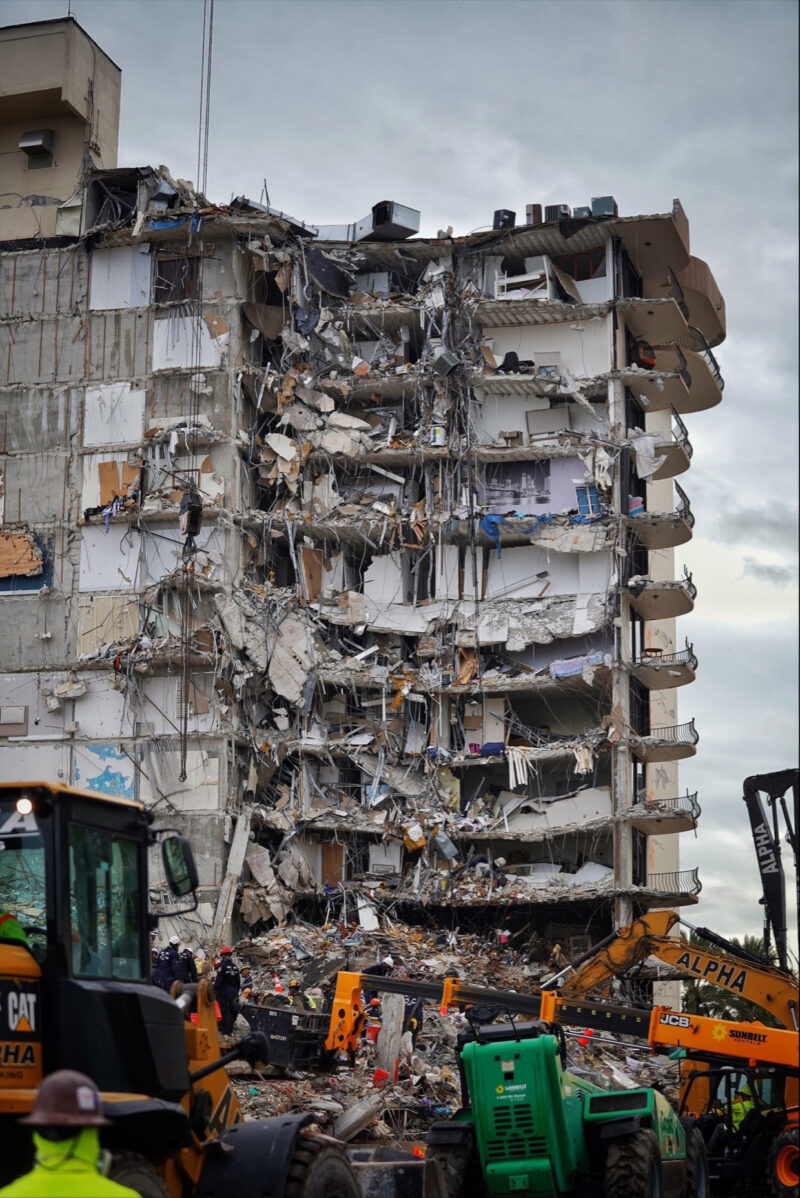
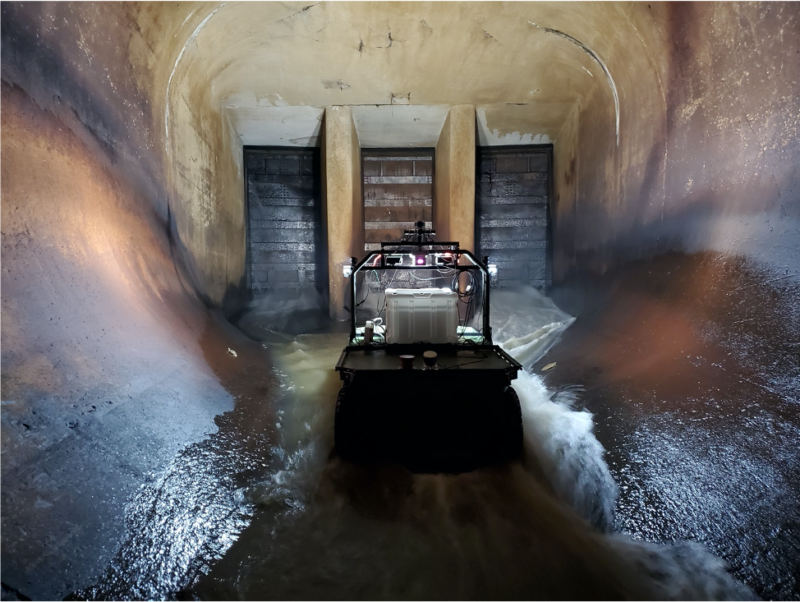


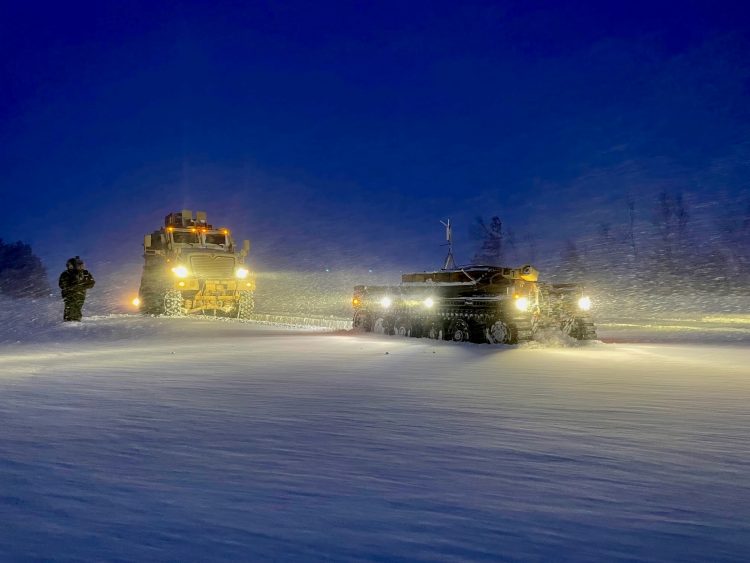
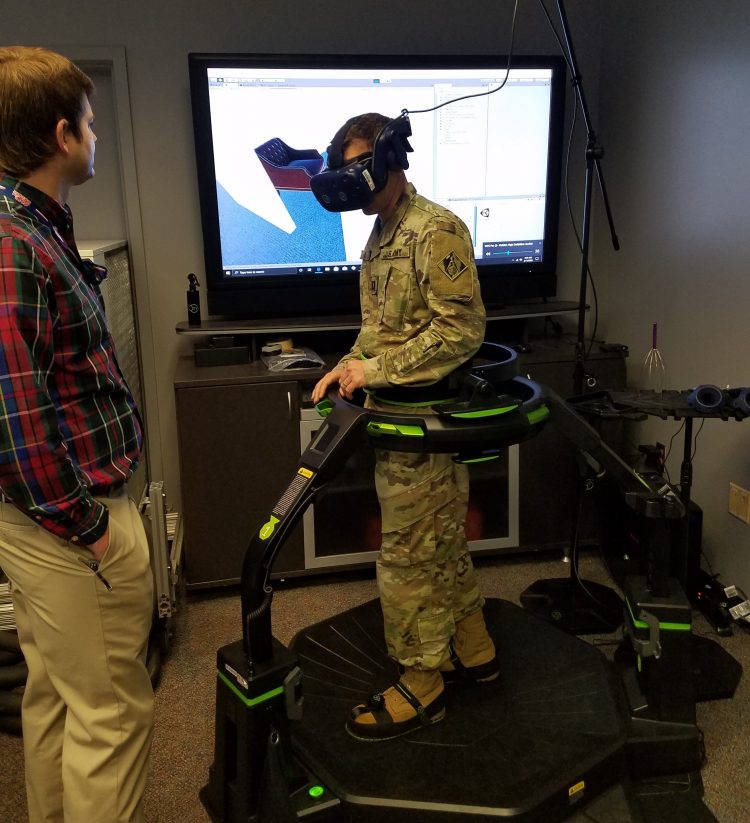
Recent Comments